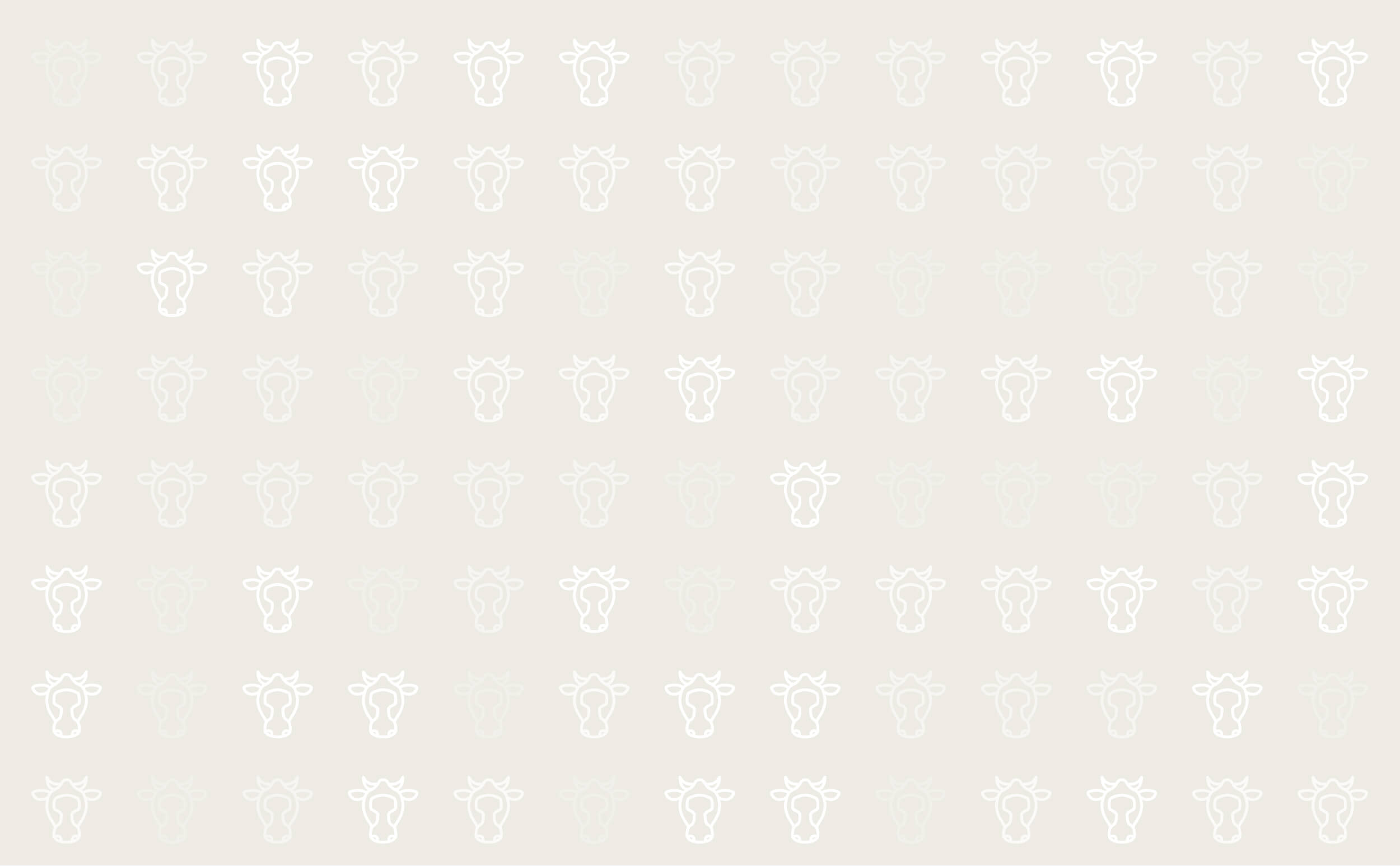



Listeriosis
Cause
Listeriosis is an infectious disease caused by a bacterium, Listeria monocytogenes. It is a zoonotic disease.
There is a high incidence of intestinal carriers. Encephalitis or meningoencephalitis in adult ruminants is the most frequently recognizsd form.
The reservoirs of infection are the soil and the intestinal tracts of asymptomatic
animals.
Infected animals
can shed L. monocytogenes in the feces, milk and uterine discharges. It is also found in
aborted fetuses and occasionally in the nasal discharges and urine of symptomatic animals.
Soil or fecal contamination results in its presence on plants and in silage.
Most infections are acquired by ingestion, but Listeria can also spread by inhalation
or direct contact. Venereal transmission might also be possible.
Listeriosis is primarily a winter-spring disease of feedlot or housed ruminants. The less acidic pH of spoiled silage enhances multiplication of L monocytogenes. Outbreaks may occur around 10 days after feeding poor-quality silage. Removal or change of silage in the ration often stops the spread of listeriosis; feeding the same silage months later may result in new cases.
Symptoms
- Depression
- Loss of appetite
- Fever
- Lack of coordination (animals seen going around in circles)
- Isolation from herd
- Salivation
- Facial paralysis
- Abortions
- Stillbirths
- Encephalitis (inflammation of the brain)
- Blood poisoning
Disease is more common in younger animals (one to three years old). Infection can also cause mastitis in cows.
Treatment
Infected animals should be isolated from other animals.
Listeriosis is treated with antibiotics; depending on the
form of the disease, treatment may take up to six weeks or
more.
High doses are required because of the difficulty in achieving minimum bactericidal concentrations in the brain. Recovery depends on early, aggressive antibiotic treatment. If signs of encephalitis are severe, death usually occurs despite treatment.
Prevention
The risk of listeriosis can be lowered by feeding good quality silage with a low pH.
Avoid spoiled or moldy
silage and silage from the top layer
(few inches) which has been exposed
to air. Any leftover silage should be
removed from the feedbunk after
feeding.
Rodent control will prevent spread of bacteria.
Vaccines are available in some countries, however results are questionable, which leads to questions about the cost-benefit of vaccination.

